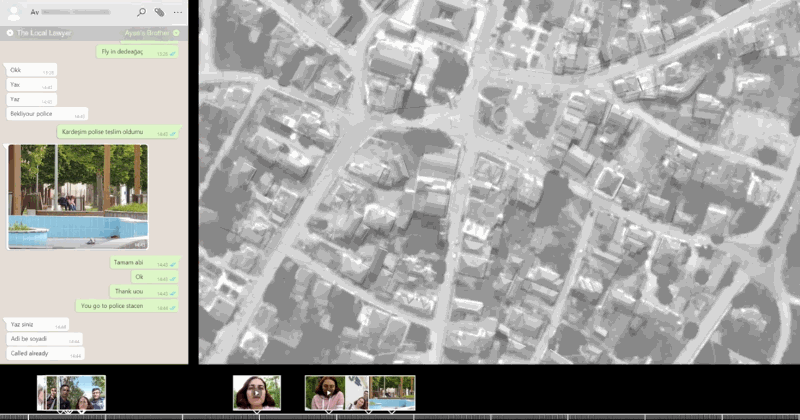Immutouch wristband buzzes to stop you touching your face
In the age of coronavirus, we all have to resist the urge to touch our faces. It’s how the virus can travel from doorknobs or other objects to your mucus membranes and get you sick. Luckily, […]
Immutouch wristband buzzes to stop you touching your face Continue »





